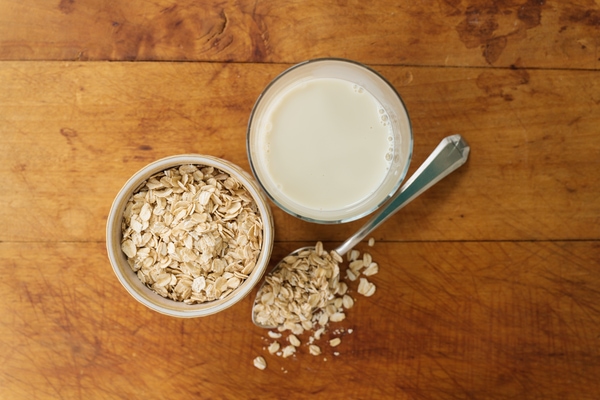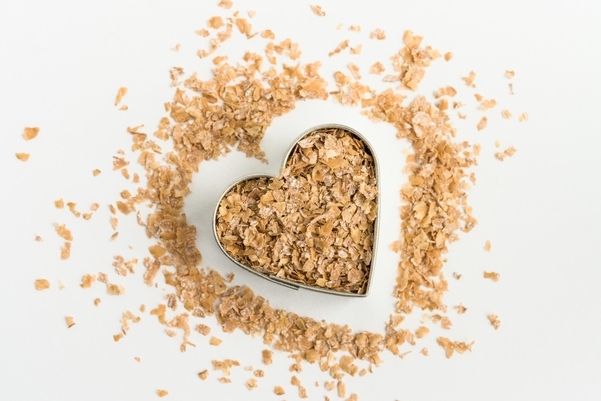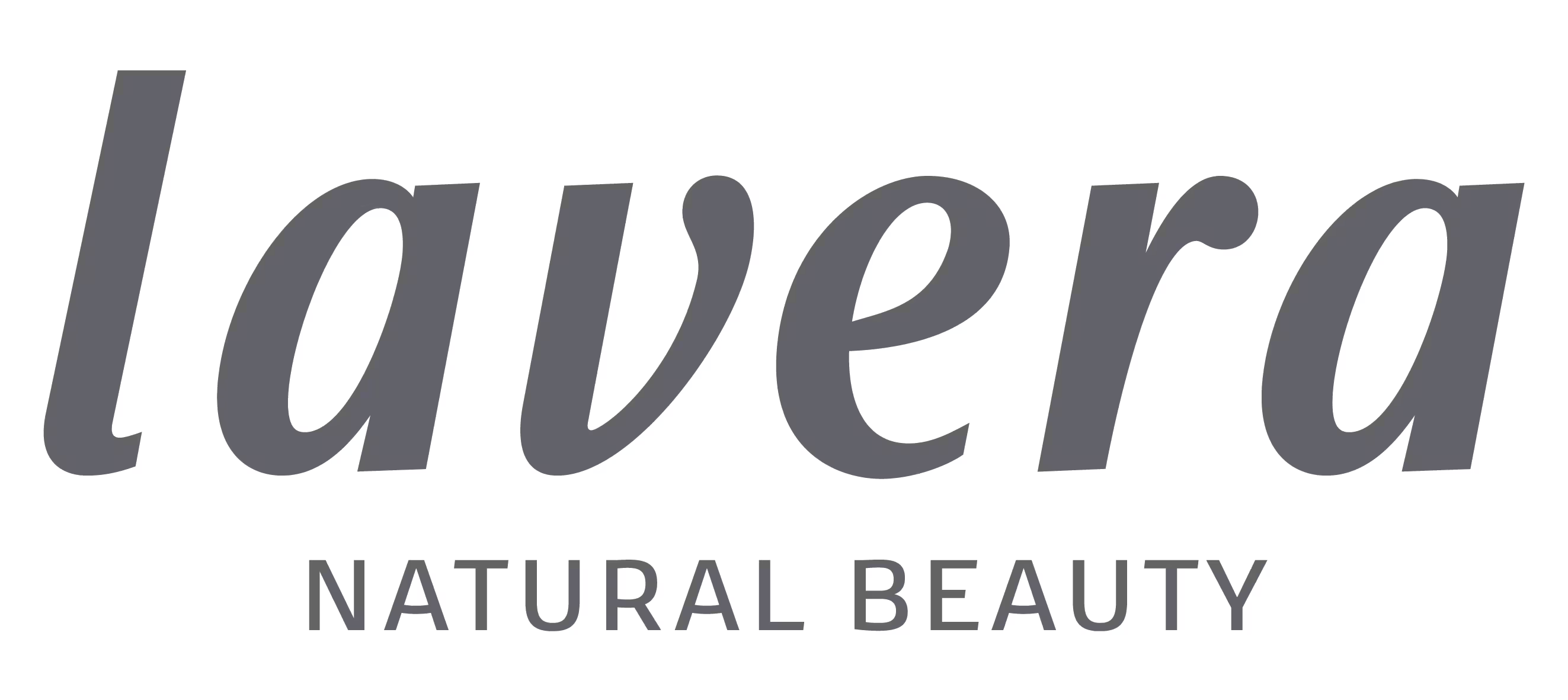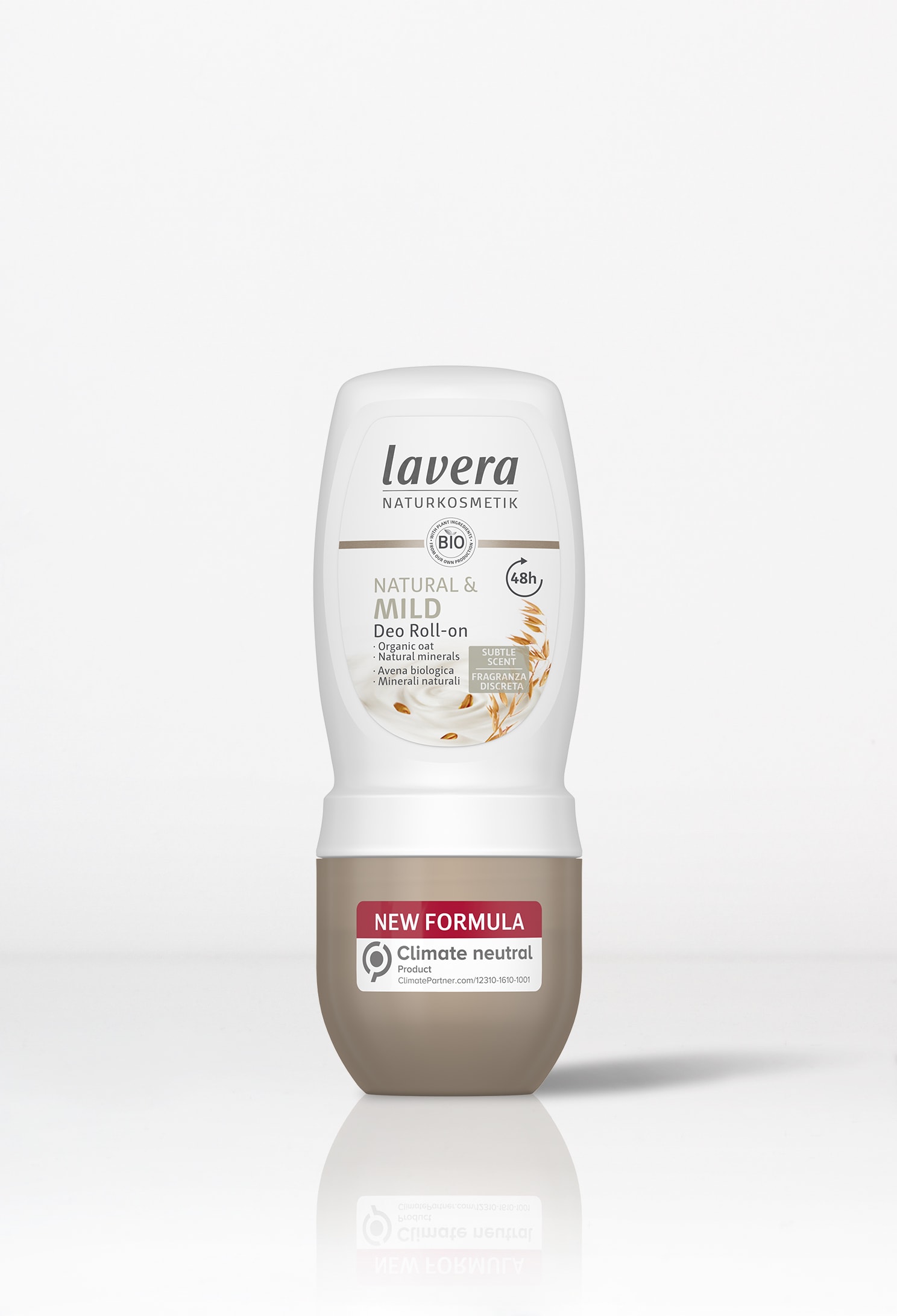
A small grain with a long tradition
Oats are native to Northern Europe. According to archaeological finds, the history of this ‘ancient grain’ dates back to the Bronze Age. Though regarded as a weed or, at best, livestock feed in ancient times, oats have now been a valued component of the human diet for thousands of years, due to the high concentration of nutrients in this power grain. Nowadays it is enjoyed as crispy breakfast cereal or melt-in-the-mouth porridge, as a healthy baking ingredient or as a drink used as a lactose-free substitute for milk.

Oat – summer grain
In Europe, oat is grown primarily as a summer grain. The species most widely grown in Germany is the common oat (botanical name Avena sativa). It has its origins in northern Germany and needs a temperate climate with plenty of rain and little frost in order to thrive. This explains why it is mostly grown in Central and Northern Europe, e.g. northern France, parts of Great Britain, southern Sweden and northern Germany.
However, this popular grain is not only found on our continent: there are up to 30 different species worldwide. Botanically, oats belong to the sweet grass family. The numerous grains the plants produce are located in their panicles.

A power grain for strong nerves... and pampered skin
Packed full of vitamins and minerals, oat straw and grains are considered as natural remedies for weak nerves and debility (e.g. as a result of prolonged illness). ‘Good old’ oats are also ideal as a natural energy boost, providing extra stamina during workouts. Oat grains contain a wide range of valuable B vitamins and minerals, carbohydrates, proteins and secondary plant substances such as sterols, saponins and flavonoids.
In 2017, the common oat was named as ‘Medicinal Plant of the Year’ by the University of Würzburg, for its beneficial effects on the skin, among other things. High-quality organic oat extract is a true godsend for sensitive and irritated skin. The secret lies a special substance called avenanthramide, which boast antioxidant properties but also exerts calming and anti-inflammatory effects on sore, irritated skin.






